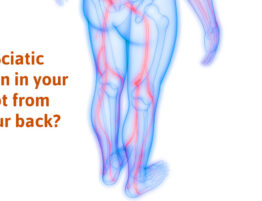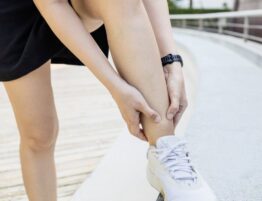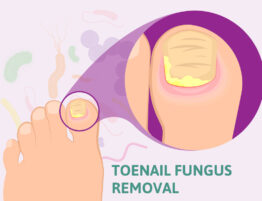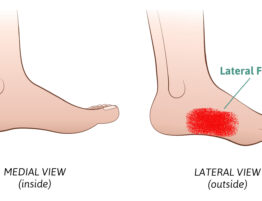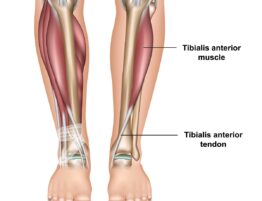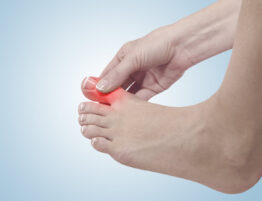
You crawl into bed wanting nothing more than to drift blissfully off to sleep. You fluff the pillows just right, wrap up in your favorite blanket, close your eyes, and…suddenly have an irresistible urge to move your legs.
This isn’t exactly the ending you -or your partner- were hoping for. In fact, your uncontrollable urge to move your legs might even land you on the couch. Thankfully, there is a new option to help, which will be discussed more later on.
Restless Leg Syndrome (RLS) is a nervous system disorder that creates itchy, creepy crawly, “pins and needles” sensations in the legs. The sensations are strongest when you’re lying or sitting down, which is why sleeping can be so difficult.
As discouraging and even painful as RLS may be, it’s often very frustrating for your partner as well. Unless they enjoy that driving-on-a-dirt-road feeling while lying in bed, your RLS symptoms probably drive them crazy.
RLS affects up to 10% of the population. It’s most common for middle-aged and older women, though men and younger children can contract it.
Though the exact cause of RLS is unknown, it is widely speculated that genetics play a huge role, as nearly 50% of people with RLS have a family member with the condition.
Factors that may contribute to RLS include:
- Chronic diseases-Iron deficiency, Parkinson ’s disease, diabetes, peripheral neuropathy, and kidney failure are often accompanied by RLS symptoms. When these conditions are treated, RLS symptoms often subside.
- Medications- Anti-nausea drugs, antidepressants, antipsychotics, and cold and allergy medications containing antihistamines have been known to worsen RLS symptoms.
- Pregnancy- Some women will experience RLS during pregnancy, especially during the third trimester. It typically goes away around a month after delivery.
- Sleep Deprivation-If a person is sleep deprived it may trigger symptoms, or worsen existing RLS symptoms.
- Alcohol- Alcohol use can intensify RLS symptoms. Limiting, or even eliminating alcohol use may help relieve symptoms.
Although there generally is no cure for RLS there are many treatment options, including:
- Avoid certain substances that worsen RLS, such as alcohol, caffeine, and nicotine.
- Seek treatment for any current medical conditions, like the ones listed above, that RLS is associated with.
- Physical therapy, stretching, baths, massages, exercise, and relaxation techniques before bed may help alleviate symptoms.
- Medications, which are often prescribed with severe symptoms.
The above treatments can often help alleviate symptoms of RLS, but again they don’t cure it. Also, medications don’t always work and can have very bad side effects. As mentioned above, there is hope with a new treatment option offered by Anderson Podiatry Center.
Now that you have some background knowledge on RLS stay tuned for next week’s post to learn about nerve decompression treatments, and how with them you can finally find the relief you need.


